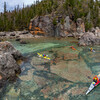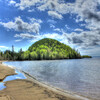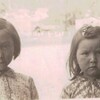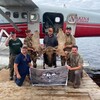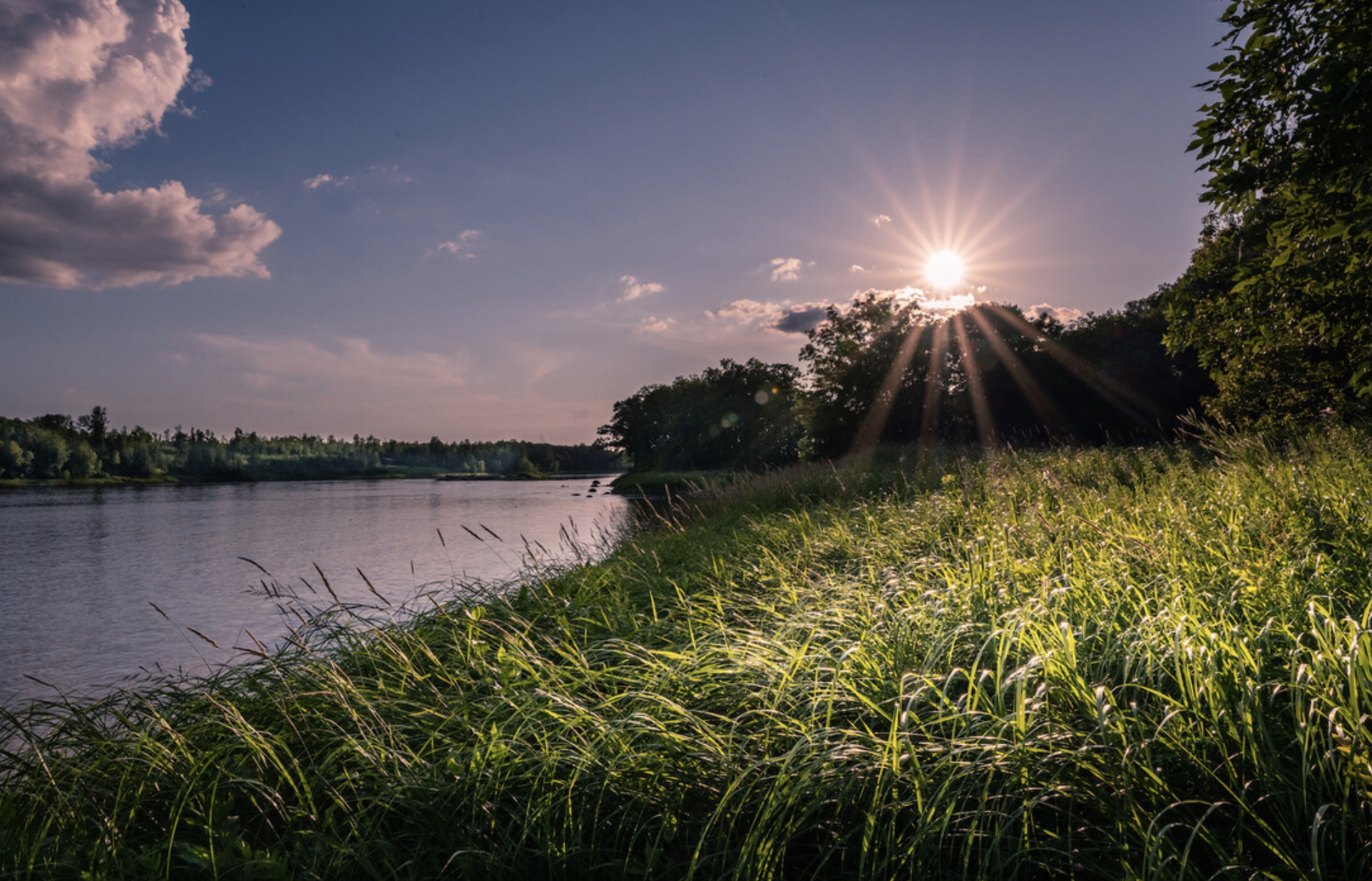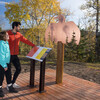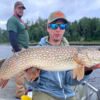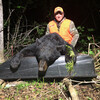
Learn About Truth and Reconciliation Day
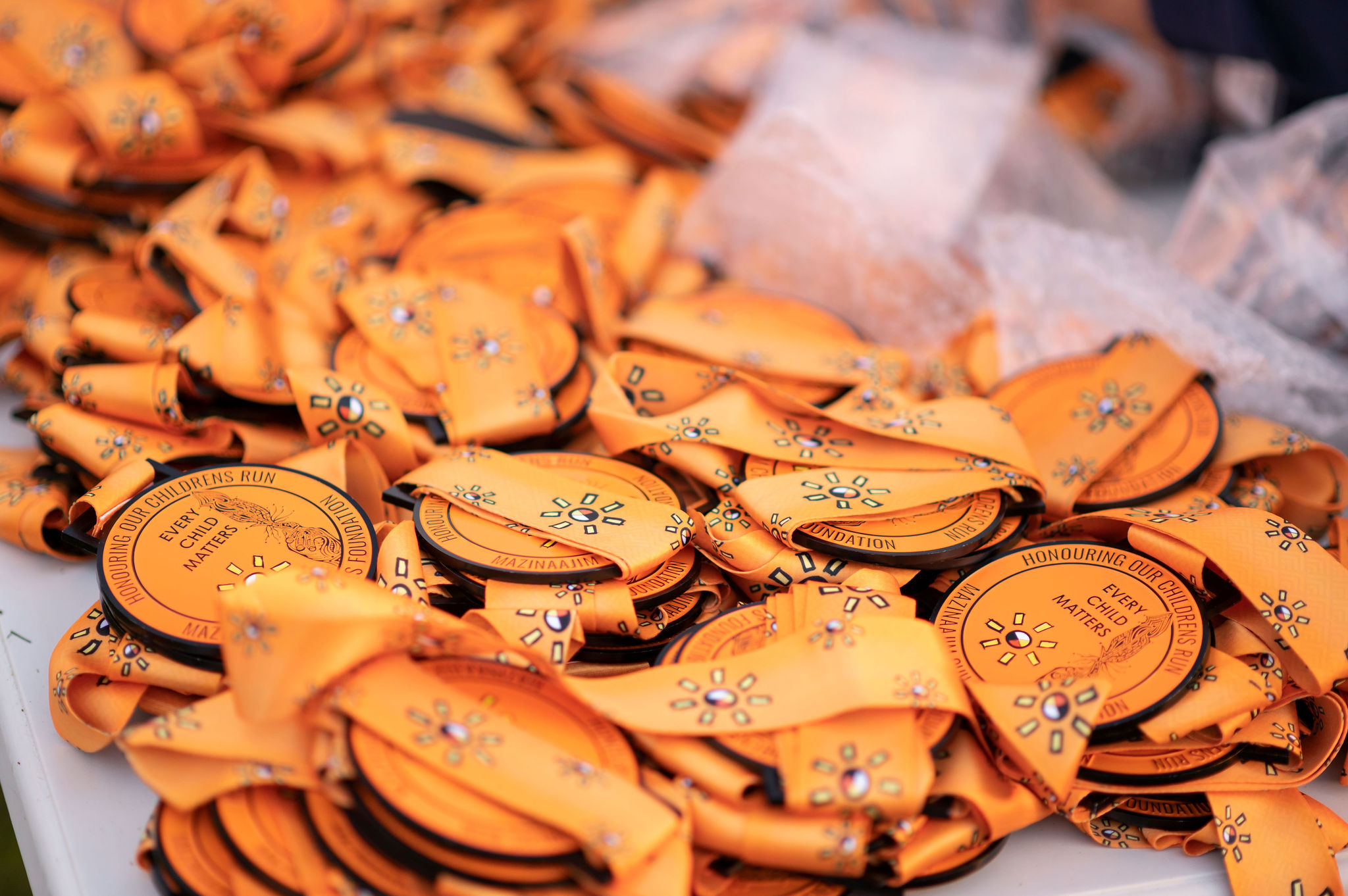
In Canada, September 30th marks the annual day of Truth and Reconciliation. Behind this day lies a history that many are still unaware of, and that's okay. As an Indigenous person with a direct familial connection to this day, I've also been learning as history has been unfolding before me, and I'm happy to share some of this knowledge with you today.

But before we begin, I'd like to emphasize that everything I'm about to share is solely for educational purposes. It's not intended to criticize anyone, assign blame, or induce guilt. This day is about recognizing and reflecting upon Canada's treatment of Indigenous peoples over the past 150 years, alongside the often-overlooked Indigenous voices and stories. It's an opportunity to listen, learn, and create space for a brighter future. So, I encourage you to approach this with an open mind and a willingness to understand, as I know you can. Now, let’s get started.
How Truth and Reconciliation Day Came to Be
To truly grasp this historical context, it's important to acknowledge that it can be complex. However, for the purpose of this article, let's simplify it and focus on three key terms:
Settler-Canadians: These were people from Europe or Britain who came to Canada to establish a 'new land.'
Colonialism: This is a system where one country extends its control over another.
Indian Residential School System: A church/government run school with the main goal of separating children from their home territories, family, and culture to adopt British/European education and culture.
These three terms are the cornerstone of understanding why Truth and Reconciliation Day exists. It's critical to recognize that a significant aspect of colonialism involves the spread of British and European culture and society, and this is where the Indian Residential School system comes into play.

History of the Canadian Indian Residential School system
According to the National Centre for Truth and Reconciliation, the Canadian Indian Residential School system traces its roots back to 1831 when the first residential school opened its doors. These institutions were established to separate children, typically aged 7 to 15, from their families and sever their ties to their traditions and cultures while immersing them in British and European customs and education.
From what I understand when learning my own family history, as these young Indigenous children became increasingly disconnected from their heritage, they faced strict rules against speaking their Indigenous languages, singing traditional songs, or discussing any aspect of their Indigenous culture. Instead, they were to adopt Catholicism, instructed to learn English in speech, writing, and reading, undergoing a forced, and often violent, reconstruction of their identity. In doing so, it was an extremely traumatizing act upon these children, which leads us to a very important part of Truth and Reconciliation Day, a symbol of remembrance and recognition—which starts with the orange shirt of a Residential School survivor named Phyllis Webstad.

Phyllis Webstad and her Orange Shirt
Explained on Phyllis' website, her journey is all connect back to an orange shirt. She says that at the age of six, she was sent to a Residential School. Just before her departure, her grandmother gathered together enough to purchase her a radiant, bright orange shirt. However, when she arrived at the Residential School, they stripped her of everything, including that precious orange shirt.

Fast forward to 2013, when Phyllis began wearing her orange shirt, not merely as a piece of clothing but as a symbol of the losses endured by these children—losses of possessions, culture, voices, and, ultimately, their childhood. Suppose you would like to learn more about Residential Schools. In that case, you can check out the National Centre of Truth and Reconciliation website and Phyllis' website for more information about the #EveryChildMatters movement across Canada.
Though Orange Shirt Day and Truth and Reconciliation Day are two different aspects of September 30th in Canada, each are important to discuss and think about when it comes to Canada's history. Now that we've talked a little bit about this history, and about Phyllis' orange shirt, let's discuss truth and reconciliation.
Why Call It Truth and Reconciliation Day?
As we think about the information I've shared, consider a few questions: Have you heard this history before? Have you taken the time to explore these events personally, or have you engaged in discussions about them? If your answers lean towards 'no,' don’t worry; that's totally okay.
Even though a day is dedicated to truth and reconciliation, I've noticed that it often remains in the shadows of conversation. When it does surface, the discussions tend to only touch on the meaning, picking up an attitude like, 'Yes, what happened was totally terrible and heartbreaking... Anyway, let's make the most of our day off.' This isn't anyone's fault, of course, but rather a result of the lack of conversation surrounding the day's significance. So, let’s talk about it. What does this day truly mean? Let's briefly dissect the words ‘truth’ and ‘reconciliation.’
What is Truth?
When we consider "truth," what does it signify? If we think about it literally, according to the Merriam-Webster dictionary, the definition of truth is "the body of real things, events, and facts." Now, let's apply this definition to the history I've shared and recognize that these events, which have factually happened, have long been downplayed or concealed from the public eye. In this context, we find the essence of what truth means to the day.
The undeniable reality is that these events occurred, and they were indeed horrific, leaving lasting scars on Indigenous communities and families, which persisting to this day. When it comes to truth, one fundamental approach should be considered: confronting it, engaging in dialogue about it, and acknowledging it are the essential steps toward healing and progress.
What is Reconciliation?
The term "reconciliation" holds significant importance in the context of this day. In many ways, I find it can be linked to the concept of "reparation." Reconciliation is about nurturing healing across multiple fronts: between the Canadian government and Indigenous peoples, in the attitudes of Canadians toward Indigenous communities, and within Indigenous communities themselves.
Achieving this healing can take different forms, but the first and most crucial step is to educate yourself about this country's lengthy and often violent history. Knowledge equips you with a toolbox of resources that allow you to actively contribute to the healing and growth of Indigenous communities. It's not as daunting as it may seem; by reading this article, you've already taken an amazing step in the right direction.
Time to Heal and Grow
Now, I know this information can be overwhelming. But you have made it this far, so I say you’re doing an amazing job. There are things that you can do, of course, to show your support and allyship towards Indigenous peoples and call to action reparations for Indigenous communities:
- Wear orange and wear it with pride. You can wear any orange shirt immediately in your closet, but some Indigenous businesses and artists make Every Child Matters orange shirts. The proceeds of these shirts usually go towards foundations that support Residential School survivors.
- Check to see if any events are happening near you. Sometimes, local towns organize an event to support justice for the lost children and residential school survivors. For example, Thunder Bay in Northern Ontario hosts a run honouring truth and reconciliation and seeking justice as well as many other events during the day. For more information, check out their website here.
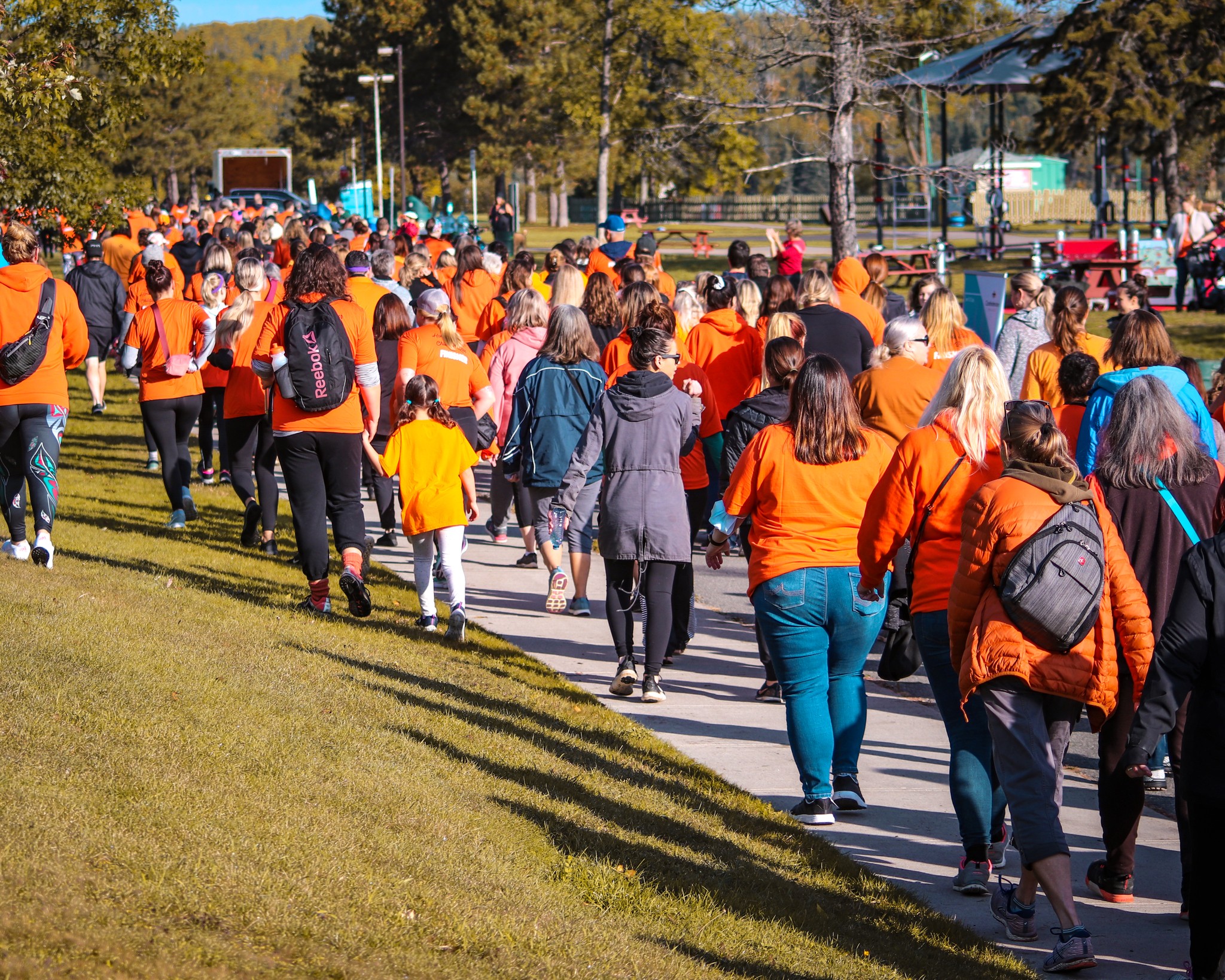
3. Lastly, as I have said, education is one of the greatest tools for truth and reconciliation. I recommend reading works from Indigenous authors, reading stories like Phyllis' and then uplifting them by sharing them with as many people as possible. While you do this, though, always remember to listen to Indigenous voices and encourage their voice rather than retell the story in your own words. After all, many of us are learning personal history connected to this day, I am, and sometimes telling our stories takes a lot of courage. So, raising Indigenous voices and stories is always the first priority.
Miigwech for taking the time to read this article, and learn more about what this day means. It's time to heal and grow together.
Recommended Articles

10 Reasons to *NOT* Travel the Lake Superior Circle Tour
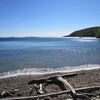
Canoeing the the Slate Islands near Terrace Bay
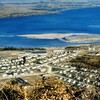
6 Amazing Facts About Red Rock, Ontario
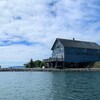
11 Things to Do in Silver Islet, Ontario

Incredible Fishing at Dog Lake Resort

Best Roadside Picnic Spots in Northern Ontario

A Father and Son Tradition at Miminiska Lake Lodge
Hikes, Bites and Sights on the North Shore of Lake Superior
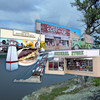
A Day Tripper's Guide to Nipigon

A Historic Lodge in Red Rock, Ontario
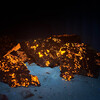
Hunting for Yooperlites Along Lake Superior
